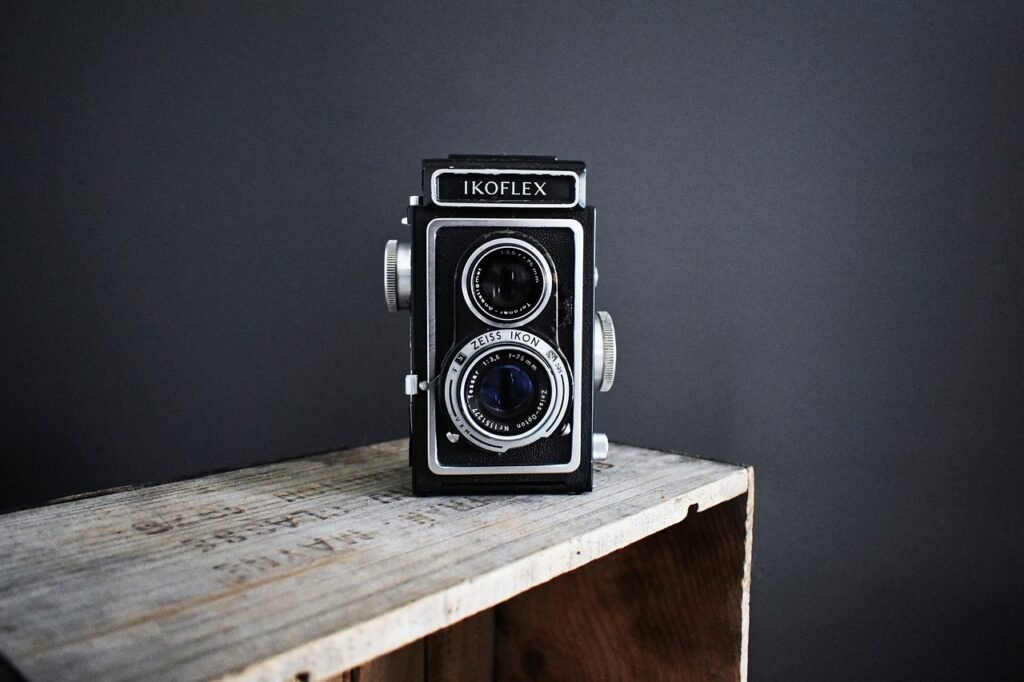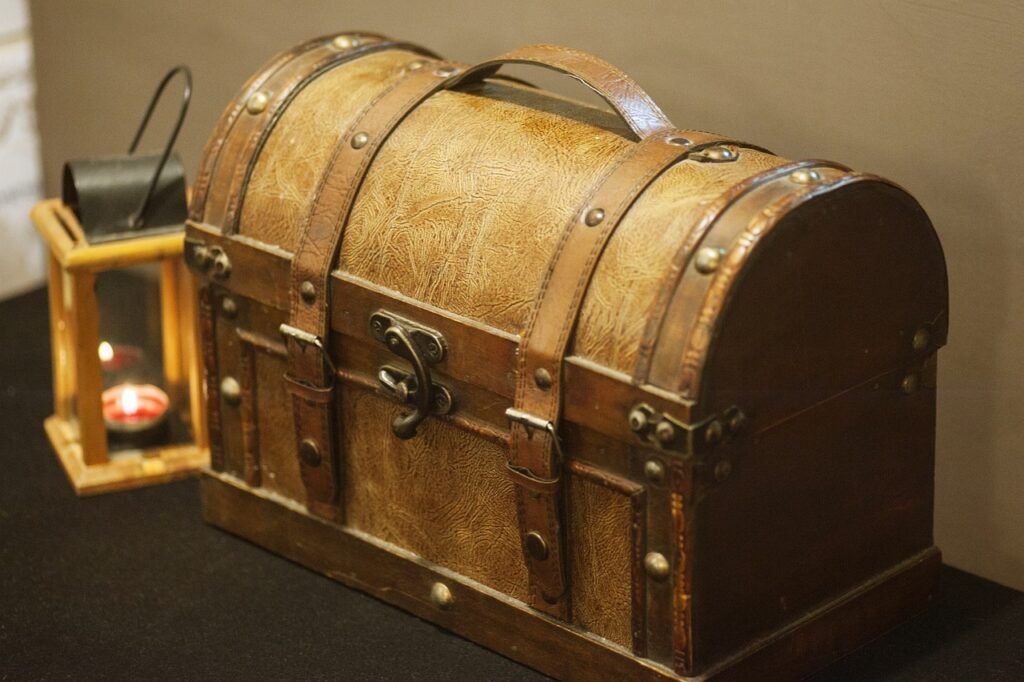Are you a vintage enthusiast looking to restore antique crates to their former glory? Look no further! In this article, we will provide you with expert tips and techniques to help you bring those old, worn-out crates back to life. Whether you’re a seasoned restoration pro or just starting out, these tips will guide you through the process, ensuring a successful and satisfying restoration project. So, grab your tools and get ready to transform those dusty old crates into stunning pieces of history. Let’s get started!
Choosing the Right Crate
Antique crate restoration can be a rewarding and fulfilling project. But before you embark on this journey, it’s important to choose the right crate to restore. Start by researching the crate’s history. Look for any information about its origin, manufacturer, or any significance it may have. This will not only give you a better understanding of the crate’s value but also help guide you in the restoration process.
Next, evaluate the crate’s condition. Examine it closely for any signs of damage, such as cracks, splits, or rot. Take note of any missing or damaged hardware. Pay attention to the overall stability of the crate, ensuring that joints and seams are secure. By thoroughly evaluating the condition of the crate, you can determine the extent of restoration work required.
Finally, determine your restoration goals. Decide whether you want to preserve the crate’s original features or if you’re open to making some modifications. Consider factors such as functionality, aesthetics, and historical accuracy. Having a clear and realistic vision of what you want to achieve with the restoration will guide your decision-making and ensure a successful outcome.
Preparing for Restoration
Once you’ve chosen the right crate, it’s time to prepare for the restoration process. Start by gathering the necessary tools and materials. Depending on the extent of the restoration, you may need items such as wood glue, clamps, sandpaper, paint or varnish remover, brushes, new hardware, and protective finishes. Having all the required tools and materials on hand will streamline the restoration process and prevent unnecessary delays.
Before you begin any repairs, it’s important to clean the crate thoroughly. Use a mild detergent and warm water solution to remove dirt, dust, and grime from the surface. Be careful not to use any harsh chemicals or abrasive cleaners that could further damage the crate’s finish. Allow the crate to dry completely before moving on to the next step.
While cleaning the crate, take the time to document its original features. Take detailed photographs of any unique markings, labels, or hardware. Record any measurements or dimensions that may be helpful during the restoration process. This documentation will not only serve as a reference but also contribute to the crate’s historical record.

This image is property of pixabay.com.
Repairing Structural Issues
One of the most critical aspects of antique crate restoration is addressing any structural issues. Start by securing loose joints and seams. Apply wood glue to the affected areas and use clamps to hold them in place until the glue dries. This will help restore stability to the crate and prevent further damage.
If the crate has any damaged wood, it’s important to address those issues as well. Carefully remove the damaged sections, ensuring that you maintain the original shape and integrity of the crate. Replace the damaged wood with matching or similar wood, using wood glue and clamps to secure it in place. Allow the glue to dry completely before moving forward.
In some cases, antique crates may have been infested by insects. If you notice any signs of infestation, it’s crucial to address this issue promptly. Consult with a professional exterminator or pest control expert to determine the best course of action. They will be able to identify the type of insects present and provide guidance on how to safely eliminate them without causing further harm to the crate.
Restoring the Crate’s Exterior
The exterior of an antique crate is often the most visible and aesthetically significant part. To restore it, you’ll first need to strip off any old paint or varnish. Use a paint or varnish remover, following the manufacturer’s instructions. Apply the remover evenly and allow it to sit for the recommended amount of time. Then, use a scraper or sandpaper to gently remove the old finish. Be patient and take care not to damage the wood underneath.
Once the old finish has been removed, it’s time to sand the surface. Start with a coarse-grit sandpaper to smooth out any imperfections or rough areas. Then, gradually work your way up to finer-grit sandpaper for a smoother finish. Sand in the direction of the wood grain to avoid creating scratches or gouges. Remember to always wear protective goggles and a dust mask while sanding to protect yourself from any potential hazards.
After sanding, it’s time to apply a new finish to the crate. Choose a finish that aligns with your restoration goals and the crate’s original aesthetic. Options can include paint, stain, or varnish. Apply the finish evenly and according to the manufacturer’s instructions. Allow the finish to dry completely before handling the crate.

This image is property of pixabay.com.
Preserving the Crate’s Patina
The patina of an antique crate refers to the natural aging and wear it has acquired over time. Preserving and enhancing the patina can greatly contribute to the crate’s authenticity and charm. To apply patina enhancers, start by selecting a product specifically designed for use on wood furniture or antiques. Apply a small amount of the enhancer to a clean, lint-free cloth and rub it onto the surface of the crate in circular motions. This will help bring out the depth and richness of the wood’s natural patina.
After applying the patina enhancers, it’s important to remove any excess product. Use a clean cloth to gently wipe away any buildup or residue. Be careful not to rub too forcefully, as this may disrupt the patina or damage the wood. Once you’ve removed the excess enhancer, consider protecting the patina with a clear wax or sealant. Apply the wax or sealant according to the manufacturer’s instructions, ensuring an even and thin coat. This will help maintain the patina’s integrity and protect it from further damage.
Reviving the Hardware
The hardware on an antique crate, such as hinges, handles, or latches, can greatly contribute to its beauty and functionality. To revive the hardware, start by cleaning and polishing any metal components. Use a mild metal cleaner or a solution of warm water and dish soap. Gently scrub the hardware with a soft-bristled brush to remove any dirt or tarnish. Rinse thoroughly and dry with a clean cloth. If necessary, use a metal polish to restore the hardware’s shine and luster.
If the crate has any missing or damaged hardware, it’s important to address these issues as well. Look for replacement hardware that matches the style and era of the crate. Consult with antique hardware specialists or visit salvage yards to find authentic pieces. Ensure that the replacement hardware fits securely and functions properly. This will help maintain the integrity and originality of the crate.

This image is property of pixabay.com.
Rebuilding the Interior
The interior of an antique crate is often just as important as the exterior, especially if the crate is intended for functional use. To rebuild the interior, start by repairing or replacing any lining material. This can include fabrics, papers, or cushioning materials. Carefully remove any damaged or deteriorated linings, taking care not to damage the crate’s interior structure. Replace the linings with materials that are similar to the crate’s original style or period-appropriate.
If the crate will be used to store delicate or valuable items, adding protective cushioning is essential. Use materials such as foam, felt, or archival-quality papers to line the interior and provide a layer of protection. Cut the cushioning materials to fit snugly inside the crate, ensuring that they offer adequate support and padding. Secure the cushioning in place using fabric glue or small strips of adhesive.
Lastly, organize the interior of the crate based on your storage needs. Consider using dividers, trays, or small compartments to create separate spaces for different items. This will help maximize the crate’s storage capacity and keep its contents organized.
Addressing Special Considerations
Not all antique crates are made from the same materials or have the same issues. It’s important to be aware of any special considerations that may arise during the restoration process. If you’re working with crates made from different materials, such as metal, leather, or fabric, research the specific restoration techniques and products applicable to those materials.
Water damage is a common issue with antique crates, especially if they have been exposed to moisture over time. If you notice any signs of water damage, such as warping, discoloration, or mold growth, it’s crucial to address this issue promptly. Consult with a restoration expert or follow specific guidelines for dealing with water-damaged wood, metal, or fabric.
Odor issues can also be a concern with antique crates, particularly if they have been stored in damp or musty environments. To address odor problems, start by thoroughly cleaning the crate as outlined in the earlier sections. If the odor persists, consider using odor-absorbing products or placing the crate in a well-ventilated area to allow the smell to dissipate naturally.
Final Touches
To truly bring your restored antique crate to life, consider adding some final touches. Research and apply authentic labels or decals that match the era or purpose of the crate. These can add a touch of nostalgia and historical accuracy to the piece. Look for period accessories, such as personalized tags or stencils, that can enhance the crate’s overall appearance and authenticity.
When displaying or storing the restored crate, it’s crucial to take measures to protect it. Use archival-quality materials, such as acid-free papers or fabrics, to wrap or cushion the crate when not in use. Avoid placing it in areas exposed to direct sunlight, extreme temperatures, or high humidity. Regularly dust and clean the crate to maintain its appearance and prevent any potential damage.
Seeking Professional Help
While antique crate restoration can be a rewarding DIY project, there may come a time when it’s best to seek professional help. Knowing when to consult an expert is crucial to ensure the preservation and integrity of the crate. If you encounter significant structural issues, such as extensive rot or damage, or if you lack the necessary skills or tools, it’s advisable to reach out to a reputable restoration service.
When selecting a restoration service, it’s important to choose one that specializes in antique crate restoration. Look for professionals with experience, knowledge, and a good reputation in the field. Ask for references or view their portfolio of previous restoration projects. Ensure that the restoration service understands your goals and vision for the crate, and that they communicate clearly throughout the process.
Understanding the costs associated with restoration is also essential. Restoration costs can vary depending on factors such as the condition of the crate, the extent of the restoration work required, and the expertise of the restoration service. Request a detailed cost estimate upfront and clarify any additional expenses that may arise during the restoration process. This will help you plan and budget accordingly for your project.
In conclusion, antique crate restoration requires research, patience, and careful attention to detail. By choosing the right crate, preparing for restoration, addressing structural issues, restoring the exterior and hardware, rebuilding the interior, considering special considerations, adding final touches, and seeking professional help when necessary, you can successfully restore an antique crate to its former glory. With dedication and skill, you can breathe new life into a piece of history and create a beautiful and functional artifact to be cherished for years to come.
